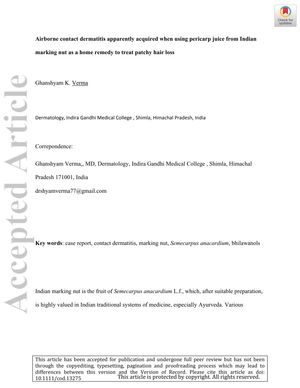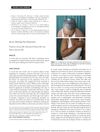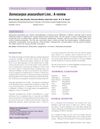Airborne contact dermatitis apparently acquired as a result of using pericarp juice from an Indian marking nut as a home remedy to treat patchy hair loss
May 2019
in “Contact Dermatitis”

TLDR Using Indian marking nut sap for hair loss caused a skin rash on a woman's face.
In 2019, a case was reported of a 31-year-old female who developed airborne contact dermatitis after using the sap of the Indian marking nut (Semecarpus anacardium) as a home remedy for treating her mother's alopecia areata. The patient presented with an itchy, erythematous rash on her face and swollen eyelids, but notably, the tip of her nose was spared, displaying the "beak" sign. Despite handling the nuts and applying the sap directly, she did not experience a reaction on her fingers or hands. The rash resolved after a week of treatment with topical hydrocortisone acetate 1% cream and oral levocetirizine 5 mg tablet. The patient declined patch testing due to fear of a similar reaction. The Indian marking nut is known for its medicinal properties but also contains bhilawanol, an irritant and contact sensitizer similar to urushiol in poison ivy. This case highlights the potential for airborne transmission of contact dermatitis from the marking nut, which is a well-known sensitizer within the Anacardiaceae family.
View this study on onlinelibrary.wiley.com →
Cited in this study

research Severe Marking-Nut Dermatitis
A man got severe skin irritation after using marking nut sap for hair loss.

research Semecarpus anacardium Linn.: A review
Semecarpus anacardium Linn. has many medicinal benefits.